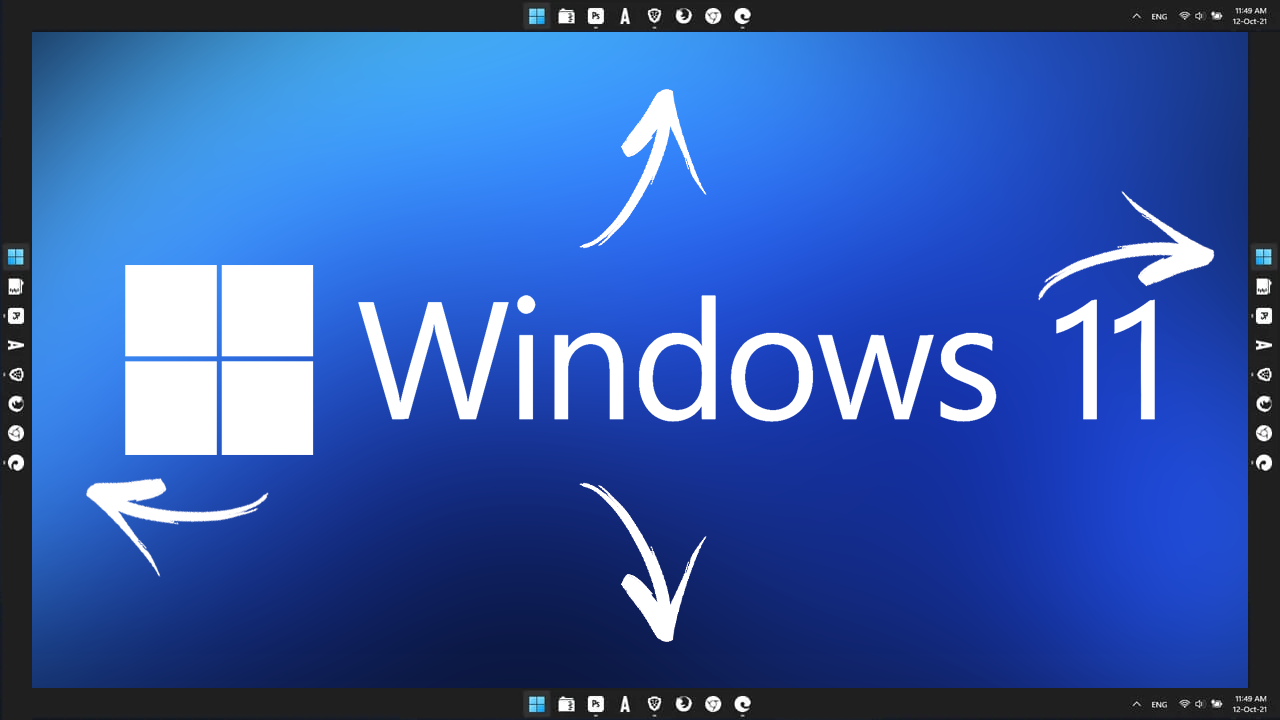Microsoft confirms that Windows 11 will receive annual feature updates

Next Tuesday, Windows 11 devices will receive new features as part of the monthly security update for the operating system. This is the second update that introduces new features outside of a major feature update release.
Naturally, some Windows administrators and users wondered, whether Microsoft would continue to release major feature updates each year for the operating system.
This question, and several more regarding smaller and major feature updates, has now been answered. In Continuous innovation coming to Windows 11 in March, Microsoft employee Harjit Dhaliwal confirms that Windows 11 will receive an annual feature update in the second half of the calendar year.
This feature update continues to be tied to a support lifecycle, which is 24 months of support for Home and Pro editions, and 36 months of support for Enterprise and Education editions.
Microsoft released the second smaller feature update for Windows 11 as a preview in February already. The company plans to release it on March 14, 2023 as part of the March cumulative update for Windows 11. You can check out the new features and changes of the second feature update for Windows 11 here.
Feature update differences
Dhaliwal explains that Microsoft received feedback from customers that "they want more from their Windows experience". These smaller feature updates provide benefits such as "improved security, productivity and collaboration". The updates are delivered using trusted servicing technology and "without sacrificing quality".
Organizations may use a new policy to control the rollout of new features to Windows 11 outside the scope of the annual feature update. Some organizations may prefer to block the rollout of these smaller feature changes or at least delay them.
System administrators may check out the support article Commercial control for continuous innovation for instructions on that. Basically, Microsoft aims to give organizations control over features that modify Windows 11 in a significant way. The company mentions the removal of existing capabilities, new in-box applications, the overriding of configured settings, or new experiences and user interfaces specifically.
On managed devices, all features that are "behind the commercial control" will be off by default on managed devices.
The policy Enable features introduced via servicing that are off by default, gives system administrators control over this default behavior.
Closing words
Microsoft's strategy for Windows 11 going forward is simple: release an annual feature update for the operating system at the end of the year, and several smaller feature updates inbetween. The annual update includes all the features and changes of the smaller updates, and starts a new support lifecycle.
The original version of Windows 11 runs out of support at the end of 2023 for Home and Pro editions of Windows 11. These devices need to be updated either to the Windows 11 2022 Update, or to the Windows 11 2023 Update, which Microsoft will release at the same time.
Microsoft launched a new Canary Insider channel this month for Windows 11. It could be another indicator that it is planning to release Windows 12 in 2024.
Now You: do you use Windows? If so, which version?






















The majority of users reject any. We only need Windows 7’s fundamental features and security updates. We don’t need any more bloated, pointless features that Microsoft keeps trying to push.
John G: “the way how W11 associates the file extensions are really amazingly bad” That’s one of the reasons I stay on W10. For the simplicity of using the system, I can not forget XP, which only did have (very) useful updates.
Nice to see some comments here at last.
@Sebas hi again, it’s so nice to see you commenting here again too! :]
@John G Thank you, that is mutual! Let’s cheer up ghacks.net a little bit :)
Switching the default from Edge to another browser does not stop Edge running every extension. When it runs, it puts itself back in
Computer\HKEY_CURRENT_USER\Software\Microsoft\Windows\CurrentVersion\Run
In Windows 10 I managed to uninstall. So far, no luck doing the same in Windows 11, including using Powershell, which killed it in Windows 10 for me.Figuratively, Microsoft is saying “resistance is futile”.
I am on Windows 11 Home (x64) Version 22H2 build 22621.1344 . I upgraded from Windows 10 the end of January and consider Windows 11 a definite net positive experience after customizing Windows 11 to my liking.
it’s often said that opinions cannot be right or wrong, because they are opinions – however yours is definitely a wrong opinion
Sincerely I expect nothing from Microsoft related to Windows 11. Almost two years later the taskbar is useless, the two-step explorer’s menu and the infamous startup with nothing new to add to productivity is absolutely devastating. I still haven’t found a single user, but some few here at Ghacks, that has gratefully moved to W11 from W10. Even my mother and sister turn back to W10 after a month trying to work with W11 with uncommon disgusting experiences like not being able to find out how to associate file extensions at once. And yes, despite the laughs it’s quite weird the nonsense of configuration with everything messing around, the way how W11 associates the file extensions are really amazingly bad. Anyway I just expect for W12 and probably when this occurs I will buy a MacOS computer (a friend of mine let me to use her MacBook for some hours and I still miss the good experience, such a good machine). Thanks for the article! :]